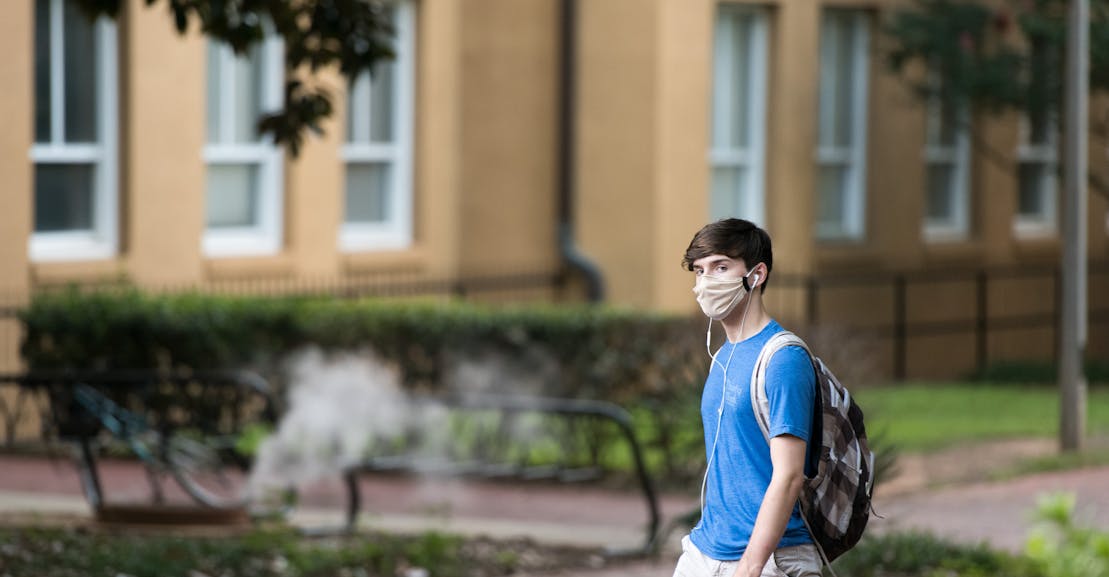There’s a looming student debt cliff awaiting us in 2021. With America in the teeth of the Covid-19–enabled economic downturn, lawmakers suspended federal student loan payments for 80 percent of federal student loan borrowers. This measure, which President Donald Trump extended a few weeks ago, is set to expire on New Year’s Eve, which means borrowers will ring in the new year by restarting their student loan payments in one of the worst job markets in a decade. If Trump truly wanted to give relief to the 43 million people with federal student loans, he could cancel student debt, using the authority Congress gave the Department of Education decades ago. Senate Minority Leader Chuck Schumer and Senator Elizabeth Warren have now introduced a resolution urging Trump to do just that.
The beauty of canceling student debt is that it has benefits that redound to just about everybody: Research shows it would create more than one million jobs a year, as well as providing a considerable boost to our gross domestic product. Student debt cancellation has sometimes faced criticisms due to widespread misapprehensions about the sort of people who would extract the largest advantages, such as wealthy doctors and lawyers. In reality, debt cancellation would have the biggest impact on those most impacted by the coronavirus pandemic: It would be a lifeline for the nation’s seniors and to the Black and brown communities. It would lessen the fallout of the permanent wealth loss this year’s graduating class is experiencing as the Covid-19 economic crisis intensifies. In terms of something we could do right now to safeguard the economy against the ravages of the virus, this move would go a long way to ensuring that several generations of Americans don’t get cast adrift.
When you think about who benefits from debt cancellation, you might not immediately think of older Americans—but you should. Millennials are far from the only cohort struggling with this burden. In fact, the share of borrowers over 60 with student debt has quadrupled over the last decade, making it the fastest-growing age bracket of student debtors, according to a 2017 report by the Consumer Financial Protection Bureau. In increasing numbers, seniors are carrying student debt loads later and later in life; in addition, too many have taken out loans to help pay for their children’s or grandchildren’s education.
What’s more, the nation’s older student borrowers are struggling terribly. A staggering 37 percent of seniors with student loans are in default. That leads to serious financial difficulties for them, as one of the ways our current student loan system severely punishes default is by seizing Social Security benefits. In 2015 alone, 40,000 borrowers over 65 had their Social Security garnished due to student loans.
Another segment of the nation facing severe student loan distress is Black, Indigenous, and people of color, or BIPOC—the very same people dying from the coronavirus at the highest rates. There are massive racial disparities in student loans, which have grave and lasting consequences for wealth inequality. Persistent, multigenerational racial discrimination has led Black college graduates to hold more overall debt than white college graduates. Black young adults hold 10.4 percent less wealth, on average, than their white counterparts due to student debt, according to research by Fenaba Addo at the University of Wisconsin-Madison. Black and Latinx borrowers also have higher rates of default than white borrowers, and two in five Native American or Alaska Native borrowers have defaulted on a federal student loan. This leads BIPOC communities to disproportionately face very punitive consequences our student loan system creates for default, like the garnishment of wages or seized tax refunds. In some states, it’s even worse: Default can lead to the suspension of driver’s licenses or professional licenses.
